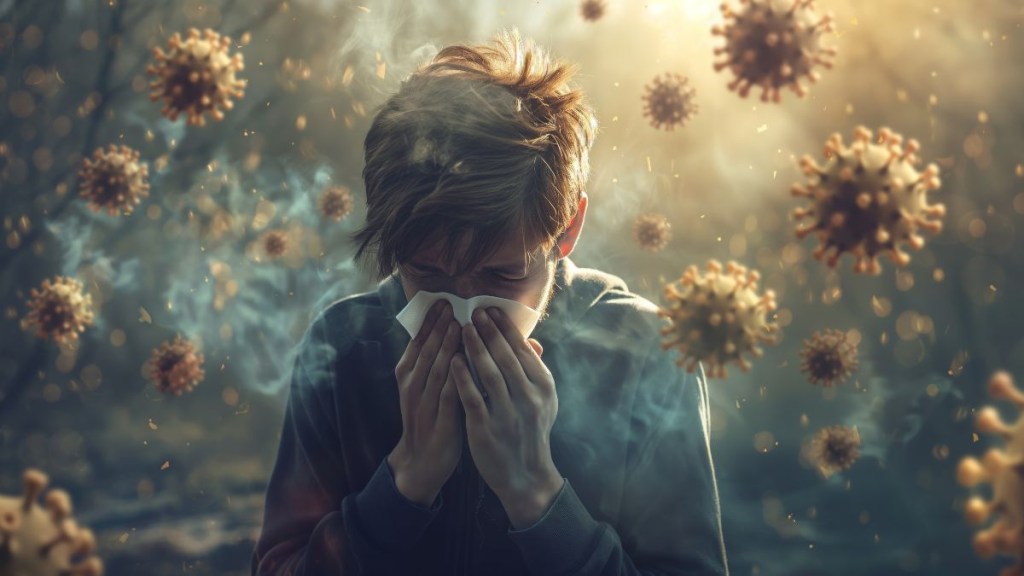Delhi is currently seeing a surge in H3N2 influenza cases, a type of influenza A virus. Hospitals across the national capital have issued alerts, and doctors are urging residents to stay aware of the symptoms, and seek medical help as soon as you spot the first signs. Health experts say the H3N2 strain is more severe than regular flu, with recovery taking a week or longer, and some patients even requiring hospitalisation due to complications.
What is H3N2?
H3N2 is a subtype of the influenza A virus. According to the World Health Organization (WHO), it causes seasonal flu outbreaks and tends to mutate frequently, making it harder to manage than other flu strains. The virus spreads quickly, mostly through droplets from coughs, sneezes, or even talking. It can also spread when a person touches contaminated surfaces and then touches their face.
H3N2 can be particularly dangerous for young children, elderly people, pregnant women, and those with weakened immune systems. The Centers for Disease Control and Prevention (CDC) warns that in these groups, H3N2 can lead to serious complications, including pneumonia, bronchitis, and hospitalisation.
H3N2 symptoms to watch out for
According to the Mayo Clinic, H3N2 flu symptoms usually show up 1 to 4 days after infection. Common signs include sudden high fever, persistent cough, sore throat, runny or blocked nose, body aches, muscle pain, headaches, fatigue, weakness lasting several days, and in children, nausea or vomiting. Unlike regular seasonal flu, H3N2 symptoms can last longer and are often more severe, so careful monitoring is important. While some patients recover at home within a week, others may need hospital care if the infection gets worse.
How does H3N2 spread?
The virus spreads mainly through respiratory droplets, which means being close to someone who is sick increases the risk. As per CDC, touching surfaces with the virus and then touching your mouth, nose, or eyes can also lead to infection. Crowded places, public transport, and workplaces are high-risk areas for H3N2 transmission.
Prevention and precautionary measures for H3N2
Health authorities have suggested several ways to reduce the risk of catching H3N2. The WHO recommends getting the annual flu vaccine to protect against seasonal flu, including H3N2. Regular handwashing with soap and water for at least 20 seconds, avoiding touching your face, and covering coughs or sneezes with a tissue or your elbow are important precautions.
People who feel unwell should stay home to prevent spreading the virus, and it’s best to keep a safe distance from anyone showing flu-like symptoms. Frequently touched surfaces like doors and phones should be disinfected regularly.
How long does it take to recover from H3N2?
If you don’t fall under high-risk groups then you may recover from H3N2 flu in about a week with proper rest, hydration, and medications for symptoms like fever and body aches. As per the Mayo Clinic, if symptoms worsen or do not improve within a few days, professional help is essential.
High-risk groups, including children, older adults, and people with chronic conditions, may need hospitalisation. Antiviral medications are most effective when started within 48 hours of symptom onset, as per the CDC. Early treatment can help prevent serious complications and speed up recovery.
When to seek medical help
You should consult a doctor immediately if you experience difficulty breathing, chest pain, persistent high fever, confusion, unusual drowsiness, or symptoms that do not improve or keep getting worse. Early medical attention, especially for vulnerable groups like children, the elderly, and those with weakened immune systems, is crucial to lower the risk of severe illness.

